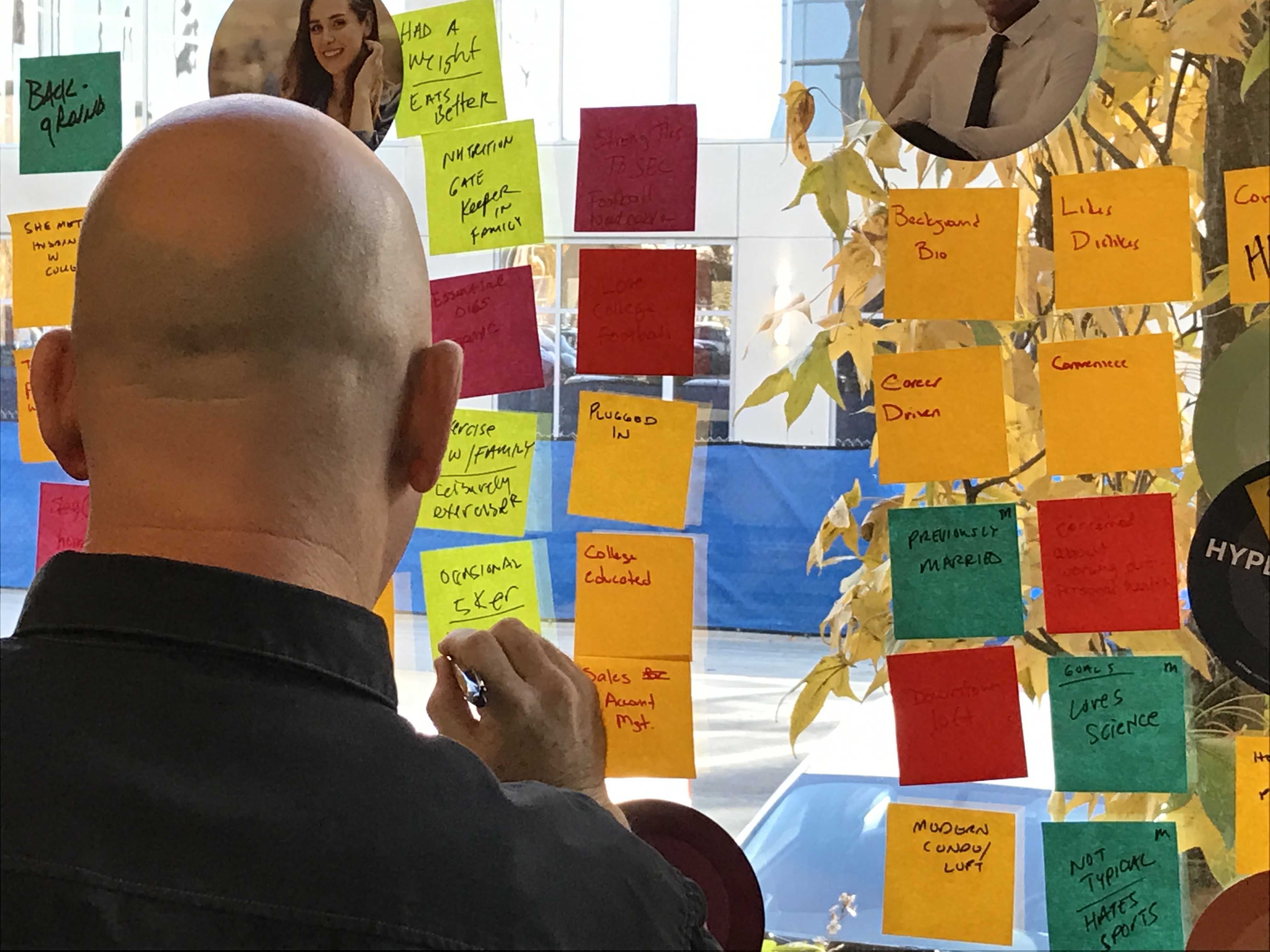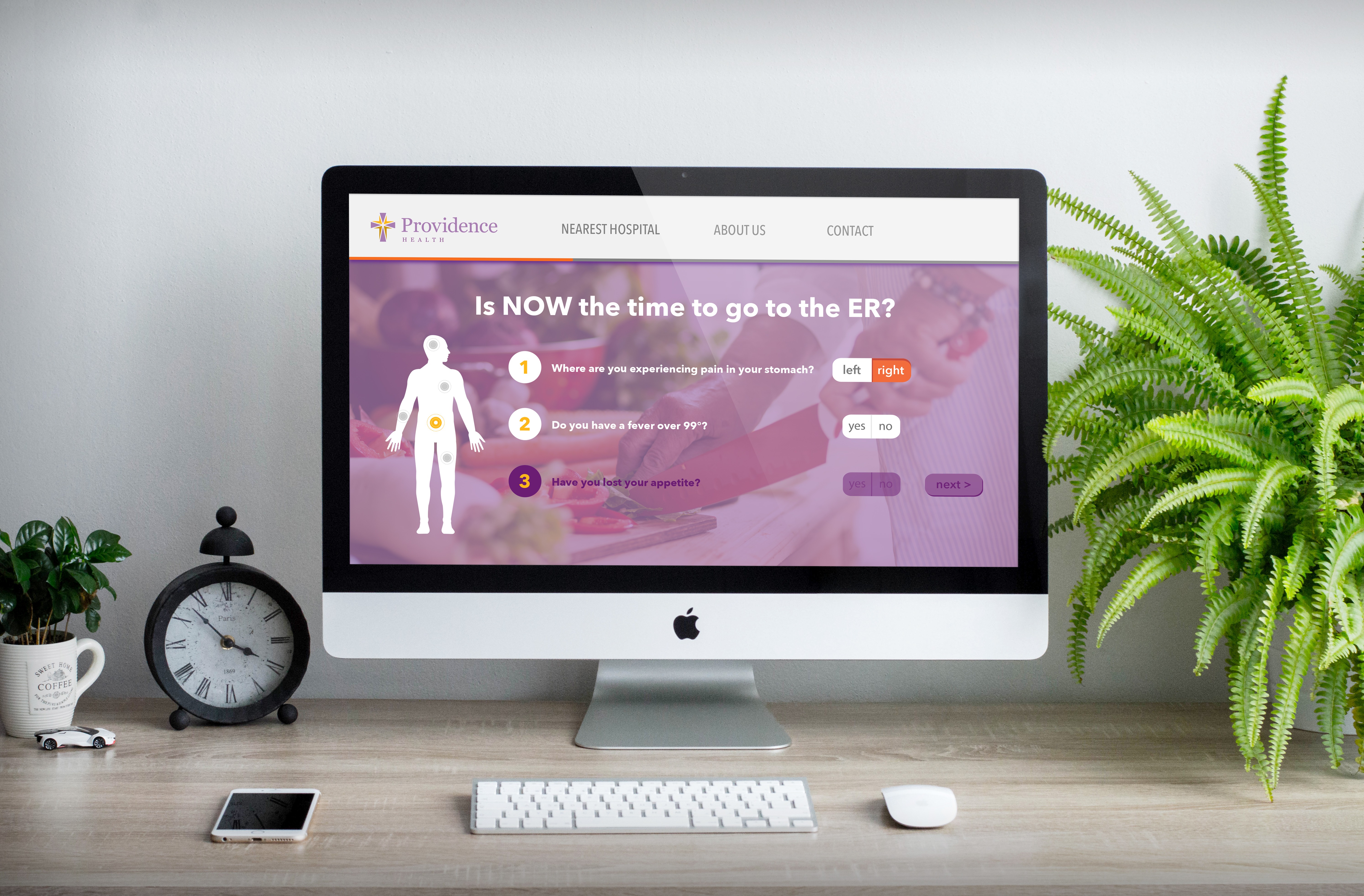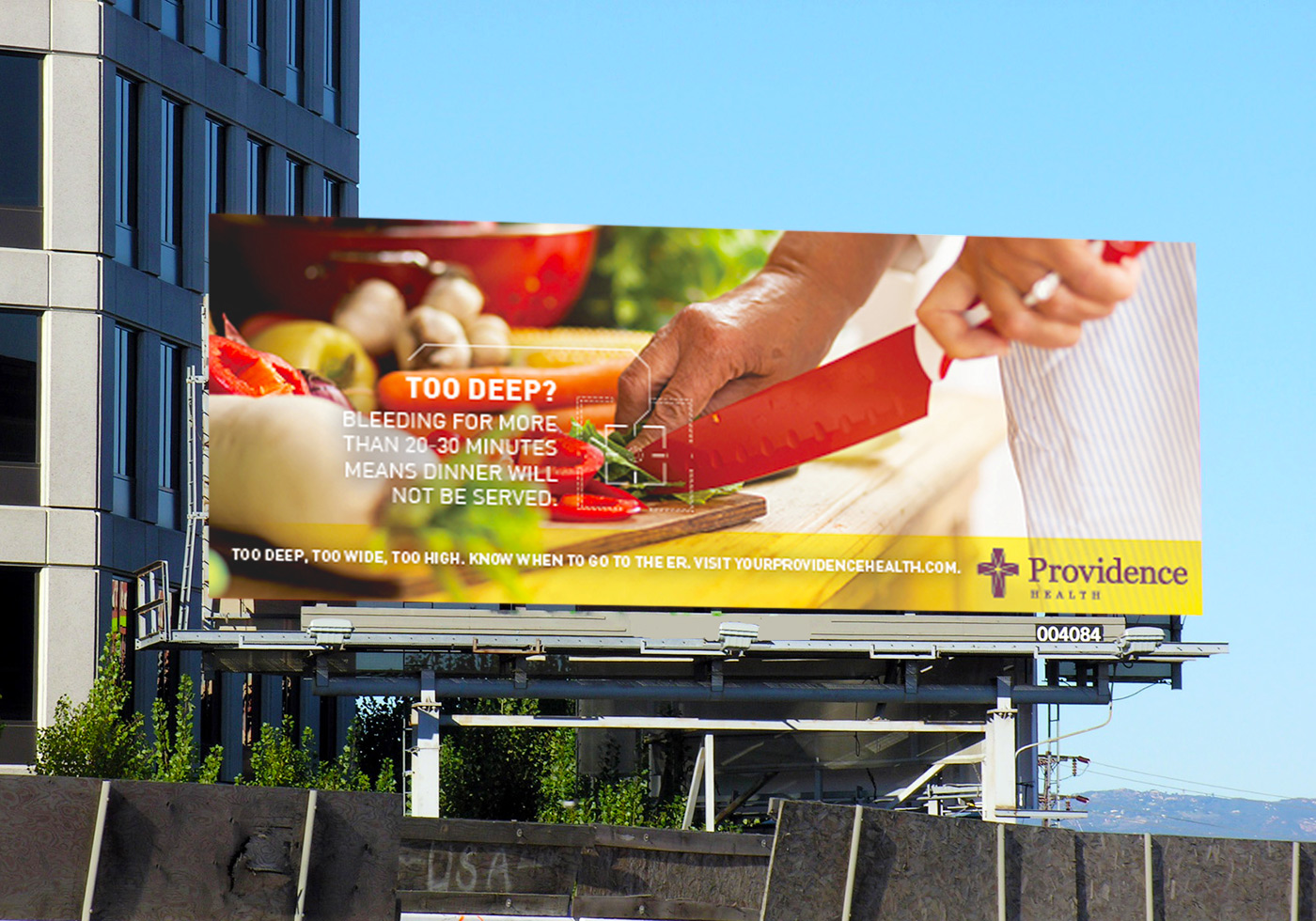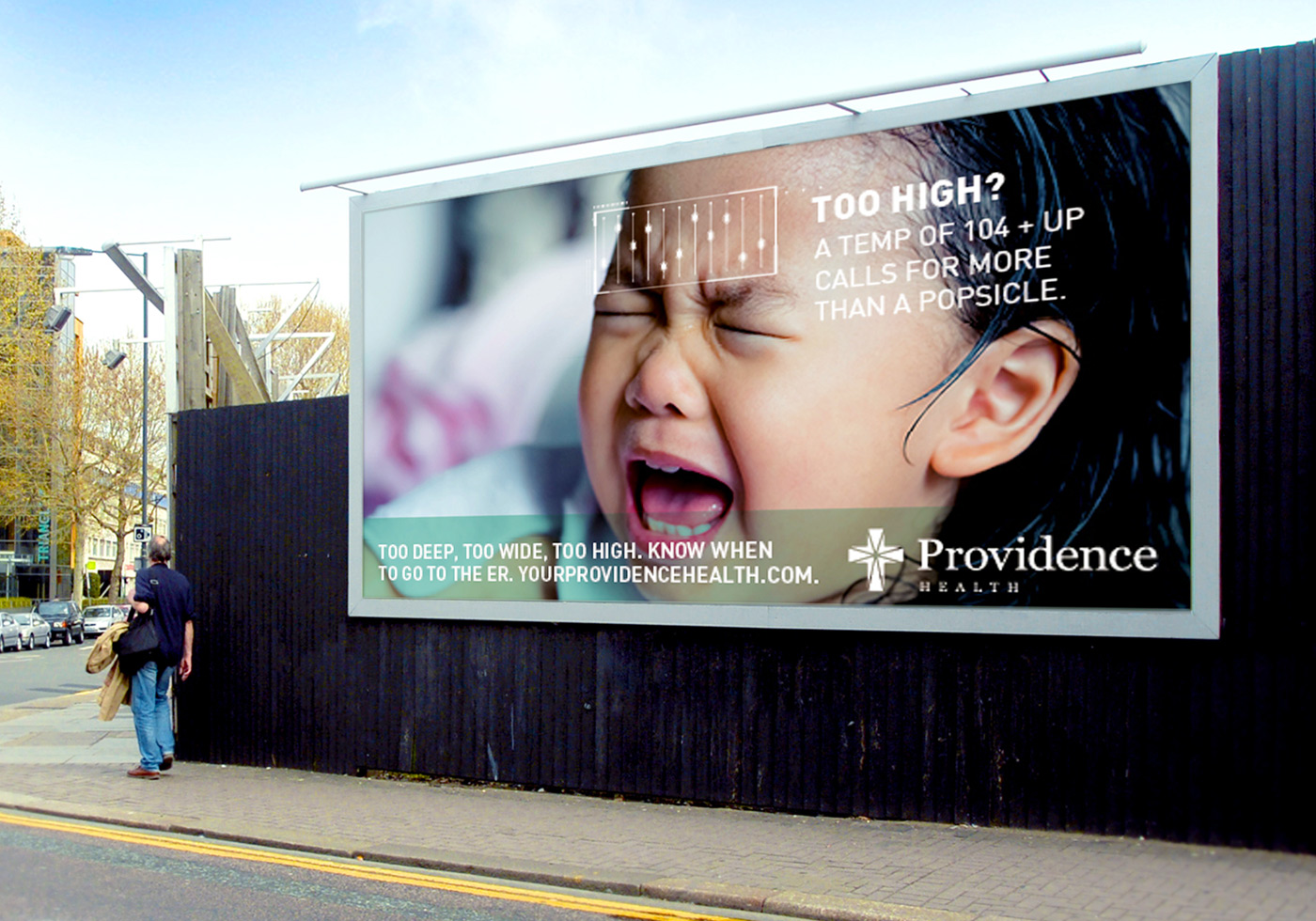LifePoint Health is a network of 89 hospitals in 30 states serving growing regions, rural communities, and small towns across America. Their leadership team approached LIFT to help gain a deeper understanding of the consumers who utilized their Emergency Department (ED), specifically in relation to the role real-time wait time clocks played in influencing consumer behavior as well as how consumers distinguished between ED and Urgent Care cases. While effective when wait times were low, these clocks actually eroded loyalty and provided inconsistent consumer experiences when wait times were high.
Lifepoint partnered with LIFT to help shed light on how these wait time clocks adversely impacted consumer behavior with the ED service line, with the goal of increasing qualified ED admissions. To accomplish this, LIFT hosted a design-thinking workshop with LifePoint’s corporate marketing team that leveraged design-thinking to help shape marketing and content strategies for the ED service-line across their hospital brands.





